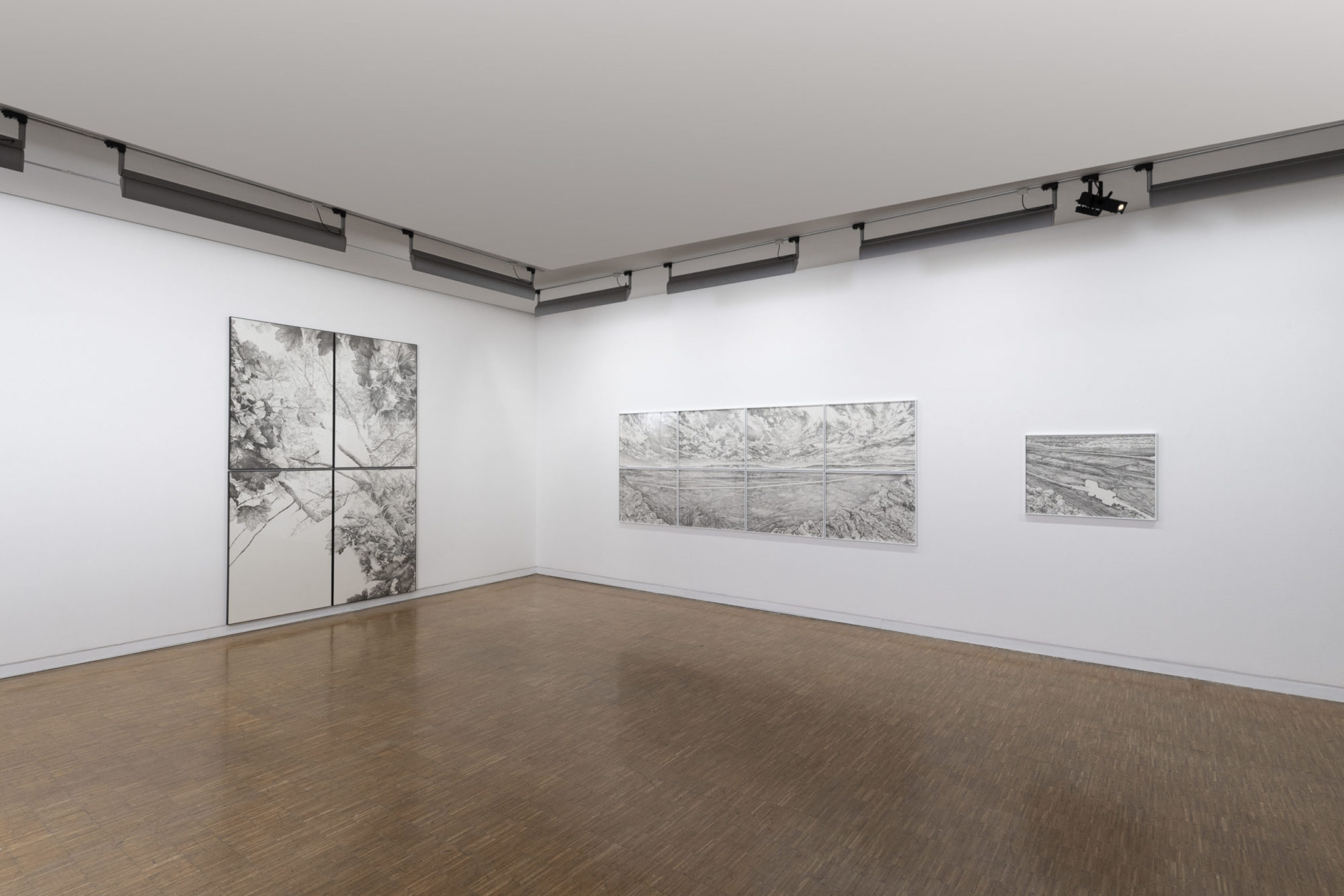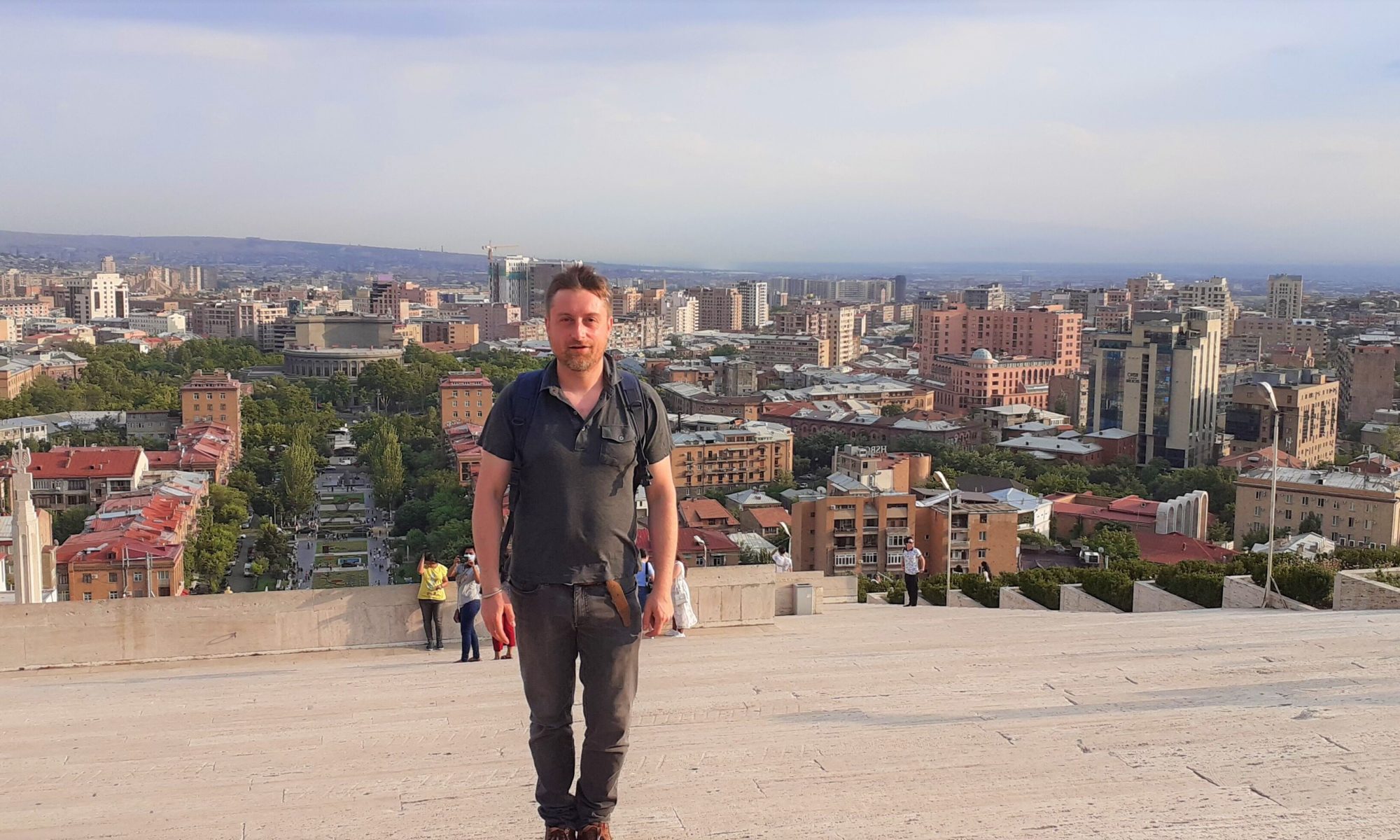The starting point is walking. I cross territories, here or more distant. Territories that challenge me. Those whose ancient ecosystems are threatened and which are being modified by the exploitation of natural resources. There is also this notion of crossing. From one territory to another, from one border to another, from an undergrowth to an empty space. I am attracted by this process. From the collection of landscape fragments through the photographic medium on the one hand, to its transcription, line by line on paper on the other. This process quickly became for me a means of didactic immersion in these fragile horizons.
I chose to survey the places most often on foot in the concern of a slow approach which makes the landscapes gradually familiar until a form of immersion. These itineraries through many regions push me to explore the major sites responsible for climate change and which promote greenhouse gas emissions.
From this immersion I retain panoramas geolocated for the most part and all presenting a dichotomy between two worlds: representations of nature little anthropized are in contrast with sites transformed and weakened. Drawing allows me to give a deeper account of current issues concerning natural and human resources, land use and occupation, and our impact on plural life.
It is when I return to the studio that I find the necessary isolation to let these accumulated impressions come to life and it is in the obstinate slowness of thousands of pen strokes that I become one with each crevice of these landscapes. As time continues its work, I give an account of a moment that has already passed or of an announced disappearance like that of the forests in which I melt as close to the ground as possible, finding in the scale of a coppice all the power of the entire forest. This attempt to fight against oblivion and the tilting of reference points by an artistic technique attached to detail seeks to give an account, line by line, of the mutation of spaces.
My landscapes want to be the archetype of the territories where the human impacts the evolutionary trajectories of the living. In each of them, real spaces are revealed which can be those of Germany, France or elsewhere. My pathways lead me to produce images that aim to redefine our relationship with living things by weaving sensitive links with wild life and the place we occupy in it.
The great forests that shelter many animal and plant species are being destroyed. Our world is more and more hostile to plural life and to the complementarity of composite collectives and in order to create the conditions of our modern western life, we are forced to create spaces of non-life.
What relationship do we have with these environments today?
The landscapes that I have crossed are by definition called to disappear. From this accumulation of visual data I try to reconfigure a space, ours, the one we are losing.

